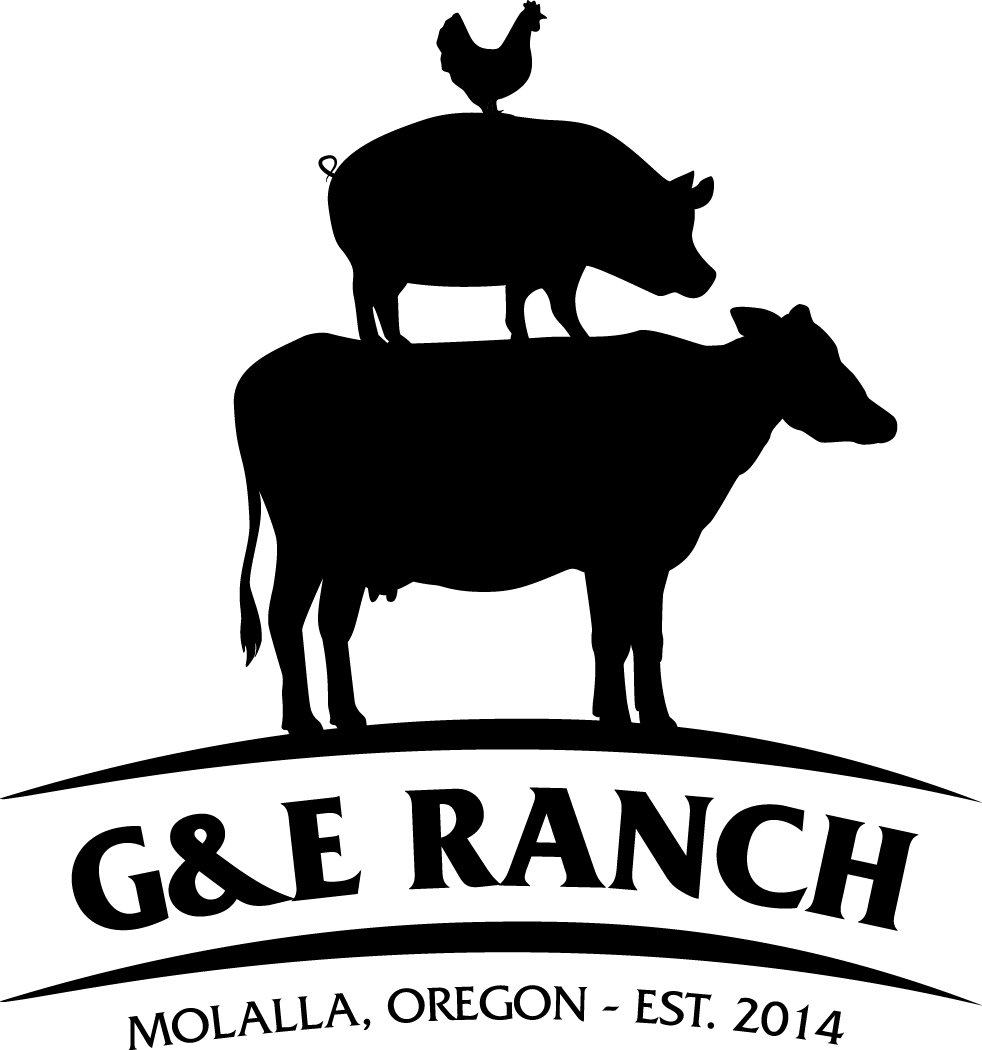As our 2020 garden season ends, we thought we would give you a recap.
This year, like others, we planted a colorful assortment of garden vegetables. Lettuces, spinach, kale, carrots, radishes, thyme, dill, chives, onions, garlic, tomatoes, peas, squash, pumpkins, potatoes, sunchokes, cabbage, strawberries and maybe a few other things that aren’t coming to mind.
We planted about 15 Roma tomato plants. We chose Roma tomatoes because they have less moisture than other tomatoes. This makes turning them into sauces, salsa or ketchup much easier. We skipped salsa this year, but we made a number of batches of condensed sauces this year along with enjoying fresh tomatoes.
We had cucumbers that we thoroughly enjoy. In years past, we have planted too many, but this year was just perfect with only a few plants. We also planted pickling cucumbers this year, but again, they didn’t do well.
We planted a bed of different lettuces, spinach, and kale, but it’s challenging to keep up with it all. A few cabbage plants gave us a few token heads, but it was hardly worth the space we gave them.
We had three beds of potatoes, each one a different variety, that provided us with a couple hundred pounds. Our new fun thing this year were sunchokes (Jerusalem Artichoke). They are a tuber and look like ginger, but the taste and cook like a potato. We pulled out well over 100 lbs. We have made mashed potatoes/chokes several times with half potatoes and half sunchokes that turned out delicious. We are planning on canning some of them soon. This way, we will be able to insert an immersion blender into a jar and create mashed potatoes quickly…or at least that is the idea.
We planted several varieties of squash, zucchini, and different pumpkins. Many of them were volunteers that popped up from last year that we relocated to appropriate beds. They were pretty random, and like the classic Pacific Northwest, the different squash plants dominated the garden.
Greg always does a row of corn, squash and peas/beans together to create something called the Three Sisters. It’s called companion planting, and Greg is still trying to work out the kinks.
As plants die or get harvested for the last time, the water gets turned off to that specific row. The plants get pulled out and moved to the compost pile. We then top dress the rows with hot chicken manure and cover with burlap sacks for the winter. By spring, the chicken manure has cooled off and offered amazing nutrients into the soil.

Recent Comments